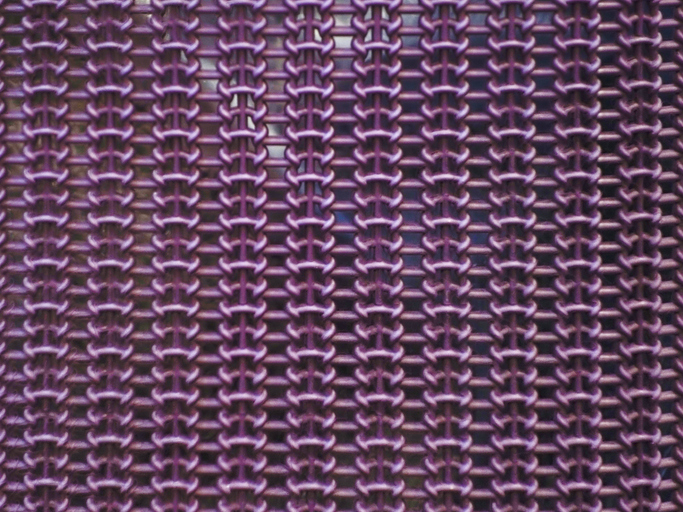
The material you choose for your product or application is key. It can reduce the risk of liability and ensure your credibility. Thermoset materials are used in so many products and applications because they offer advantages their competitors cannot. Below, you will find the benefits of using thermoset materials.
Benefits of Using Thermoset Materials
Thermoset materials are a type of plastic that offers several benefits. They are a highly unique material as they cannot be melted or reshaped after being cured, unlike thermoplastic materials, their top competitor. If you are thinking about which options are right for your product or application, consider the following benefits of thermoset materials.
Highly Durable
One of the most important features of any application is durability. Thermoset materials are highly durable. They are very strong and extremely resistant to wear and tear, which is why they are used in applications with harsh conditions. They are also highly beneficial in products that are consistently and strenuously used. For this reason, thermoset materials are commonly used in the automotive industry and industrial equipment.
Heat Resistant
A major advantage of using thermoset materials is their heat resistance. They can withstand extremely high temperatures. Compared to thermoplastics, thermoset materials maintain their integrity. Accordingly, they will not lose their strength or melt in high temperatures. This durability is excellent for applications like electrical insulators, which are meant to withstand extreme temperatures.
Electrical Insulation
Thermoset materials are highly beneficial as they are great electrical insulators. They effectively prevent the flow of electricity from going where it’s not supposed to go, making them ideal for use in electrical components and wiring. Their unique properties reduce the risk of electrical shock, which is necessary in electrical systems where safety is the top priority.
Corrosion Resistant
Thermoset materials are highly durable and resistant to corrosion. They do not degrade or rust when exposed to moisture or other corrosive substances. For applications that are outdoors and exposed to the elements, thermoset materials are a top choice. It can protect the application and ensure optimal functioning even in the worst weather.
Chemical Resistant
Resistance to chemicals is vital in so many applications. One of the significant benefits of thermoset materials is that they are chemical resistant. They maintain their stability even when exposed to acids, bases, and solvents. This quality is highly beneficial in products and applications that are close to harsh chemicals. The risk of a chemical leak or spill can cause severe damage. Thermoset materials can give you peace of mind due to their chemical resistance.
Flexible
Flexibility is key in many products and applications. Thermoset materials are highly flexible. They can be easily molded into different shapes to meet the needs of the application. In fact, they are often used in applications with intricate parts and details. This physical and functional flexibility, along with the other benefits of thermoset material, means they are often used in seal products and mechanical component goods.
Cost-Effective
When choosing the right material for your application, cost may be a factor. While thermoset materials are more expensive upfront, their benefits make them a cost-effective solution in the long run. They are durable and have a long lifespan, which reduces your costs as you will not have to deal with costly repairs and replacements.
Seal Products and Mechanical Component Goods
If you are considering material options for your product or application, contact the team at Real Seal. They are trusted experts in seal products and mechanical component goods and can share the benefits of using thermoset materials and much more. Call today for more information!







